Scientists from Washington University in St. Louis have launched a balloon-borne telescope to unlock the secrets of astrophysical black holes and neutron stars, some of the most extreme objects in the universe. The device known as XL-Calibur was launched from the Swedish Space Corporation’s Esrange Space Center, situated north of the Arctic Circle near Kiruna, Sweden, July 9.
Tag: Telescope
NASA’s Webb Cracks Case of Inflated Exoplanet
Why is the warm gas-giant exoplanet WASP-107 b so, so puffy? With a moderate temperature and an ultra-low density on par with a microwaved marshmallow, it seems to defy standard theories of planet formation and evolution. Two independent teams of researchers think they’ve figured it out.
Rubin Observatory Achieves Another Major Milestone: Reflective Coating of the 8.4-meter Primary/Tertiary Mirror
Vera C. Rubin Observatory’s successfully coats 8.4-meter primary/tertiary mirror in on-site coating chamber
Condor Telescope Reveals a New World for Astrophysicists
A new telescope called the “Condor Array Telescope” may open up a new world of the very-low-brightness Universe for astrophysicists.
Cornell-led telescope project completion in sight
The construction of the Fred Young Submillimeter Telescope (FYST) being developed by CCAT Observatory Inc., an international consortium of universities led by Cornell, is drawing to a close.
Team Aims To Find ‘Earth 2.0’
Are there other Earth-like planets? Is there extraterrestrial life? In the quest to find planets that orbit stars other than the sun, “Earth 2.0” is the Holy Grail. Earth 2.0 is a planet similar enough to Earth to enable the existence of life as we know it. It would be the right temperature for liquid water, and it would orbit a star with a steady supply of light.

The Latest From The American Astronomical Society Meeting And Other Space News
Below are some of the latest articles that have been added to the Space and Astronomy channel on Newswise, a free source for journalists.
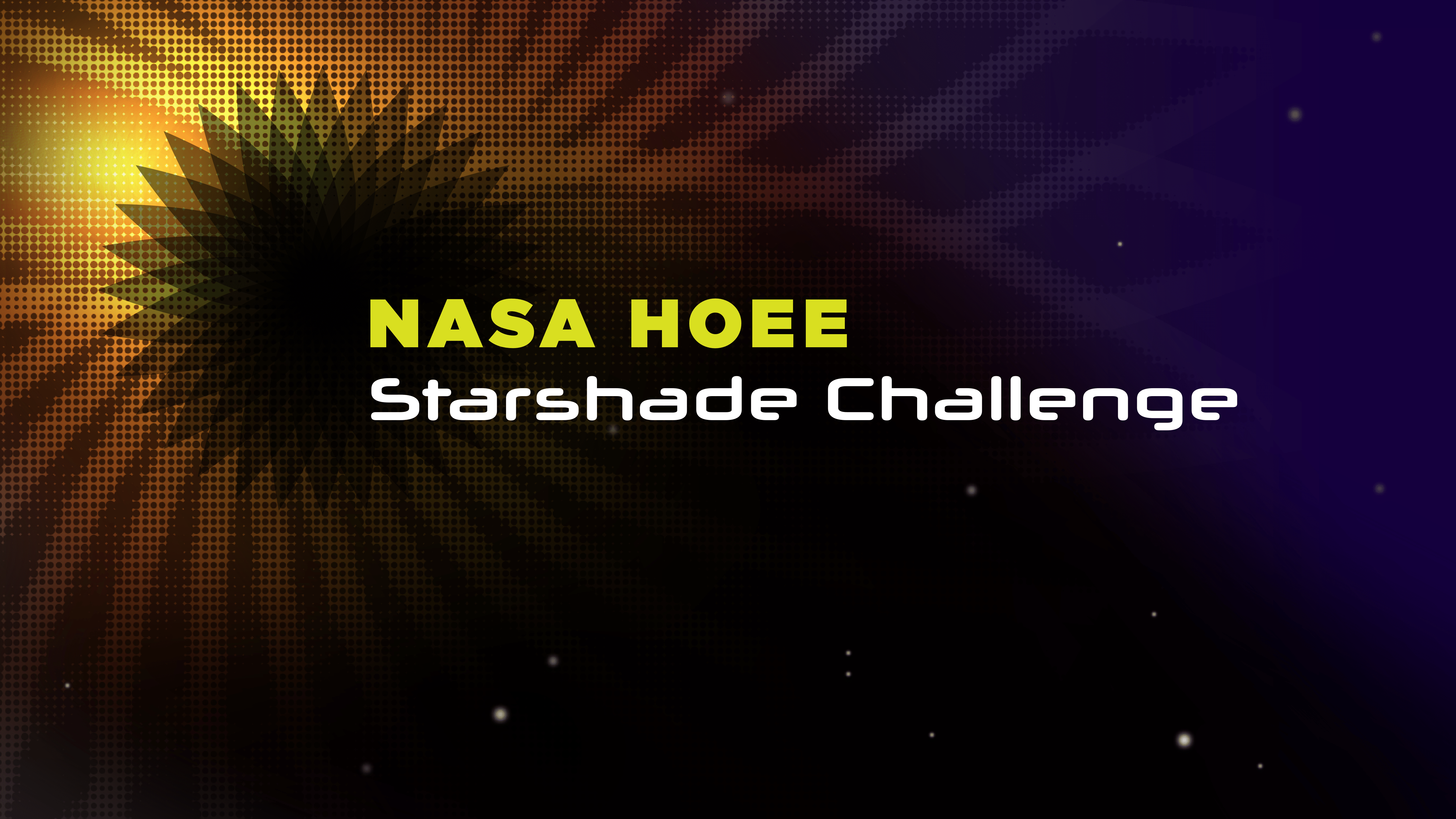
Starshade Competition Challenges Students to Block Starlight for Observing Exoplanets
The Hybrid Observatory for Earth-like Exoplanets proposes pairing the newest and largest ground-based telescopes with a starshade orbiting Earth to obstruct the light from a host star to identify and characterize an exoplanet. AIP, with NASA and SPS, is organizing a competition for undergraduate students in the physical sciences to design such a starshade.
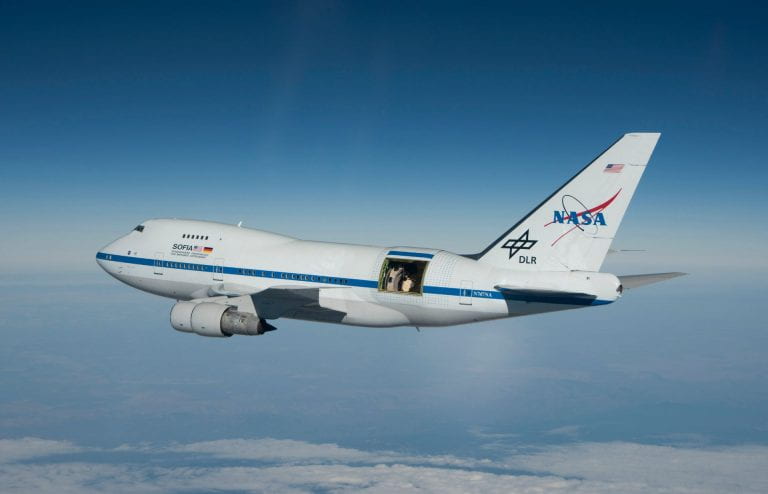
UCI-led astronomy team finds evidence of galactic metal shrouded in dust
A thorough understanding of galaxy evolution depends in part on an accurate measurement of the abundance of metals in the intergalactic medium – the space between stars – but dust can impede observations in optical wavelengths.
Countdown to launch: Cornell scientists play key roles in James Webb Space Telescope
NASA’s James Webb Space Telescope — the largest and most powerful space science observatory ever built — is designed to give astronomers unprecedented insight into the mysteries of the cosmos. Webb is an international program led by NASA with its…
CHIME telescope and collaborative efforts from WVU lead to the detection of more than 500 fast radio bursts
With the help of the radio telescope located at the Dominion Radio Astrophysical Observatory, operated by the National Research Council of Canada, in British Columbia, Canada, the telescope has nearly quadrupled the number of FRB discovered to date.

Dark Energy Spectroscopic Instrument team begins 3D mapping of universe
Irvine, Calif., May 18, 2021 — The Dark Energy Spectroscopic Instrument collaboration launched a new era in cosmology today with a five-year endeavor to construct the largest three-dimensional map of the universe. Comprised of nearly 500 scientists from around the globe, including astronomers at the University of California, Irvine, the DESI group will collect spectral data from more than 30 million galaxies to study dark energy, an as-yet-unknown substance believed to be causing the expansion of the universe to accelerate.
Successful Start of Dark Energy Spectroscopic Instrument (DESI) Follows Record-Setting Trial Run
A five-year quest to map the universe and unravel the mysteries of “dark energy” is beginning officially today, May 17, at Kitt Peak National Observatory near Tucson, Arizona. To complete its quest, the Dark Energy Spectroscopic Instrument (DESI) will capture and study the light from tens of millions of galaxies and other distant objects in the universe.
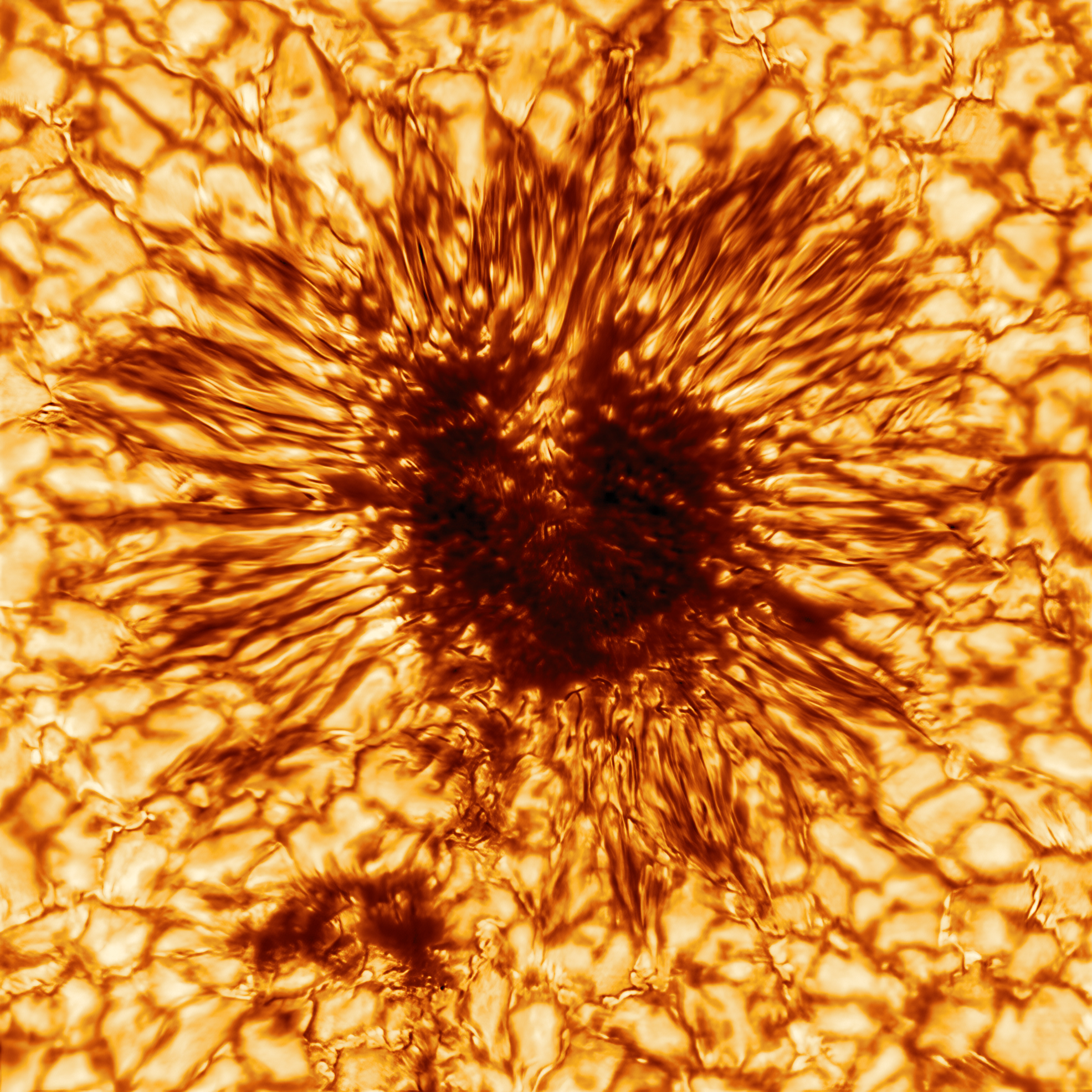
NSF’s Inouye Solar Telescope Releases First Image of a Sunspot
The U.S. NSF’s Daniel K. Inouye Solar Telescope just released its first image of a sunspot. The telescope’s four-meter primary mirror will give the best views of the Sun from Earth throughout the next solar cycle. This image is an indication of the telescope’s advanced optics. The image is released along with the first of a series of Inouye-related articles featured in the Solar Physics Journal.
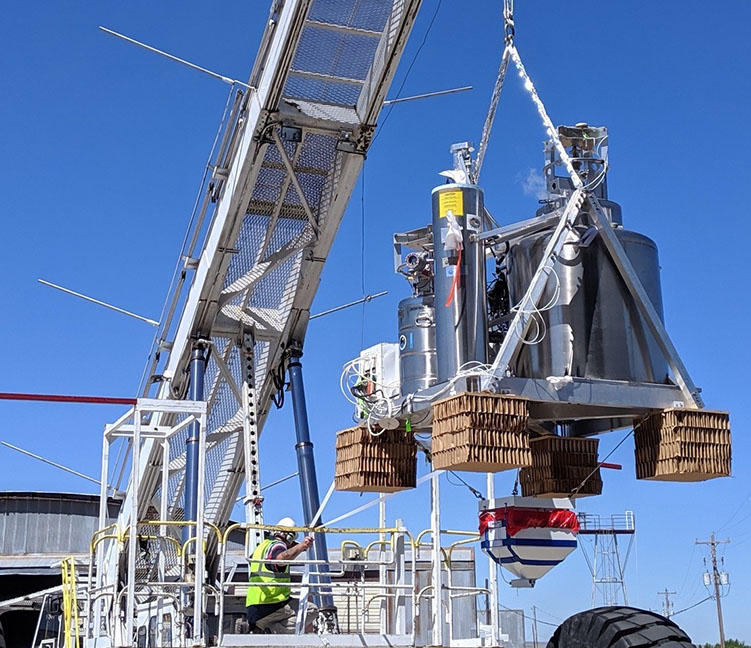
Scientists Solve Big Limitation of Stratospheric Balloon Payloads
Nearly all photons emitted after the Big Bang are now visible only at far-infrared wavelengths. Earth’s atmosphere blocks most of this light, so scientists are turning to huge stratospheric balloons to explore it. However, it is quite difficult to cool a telescope the size of a living room to nearly absolute zero while flying it from a balloon. This is where the Balloon-Borne Cryogenic Telescope Testbed comes in. NASA researchers discuss the mission in Review of Scientific Instruments.
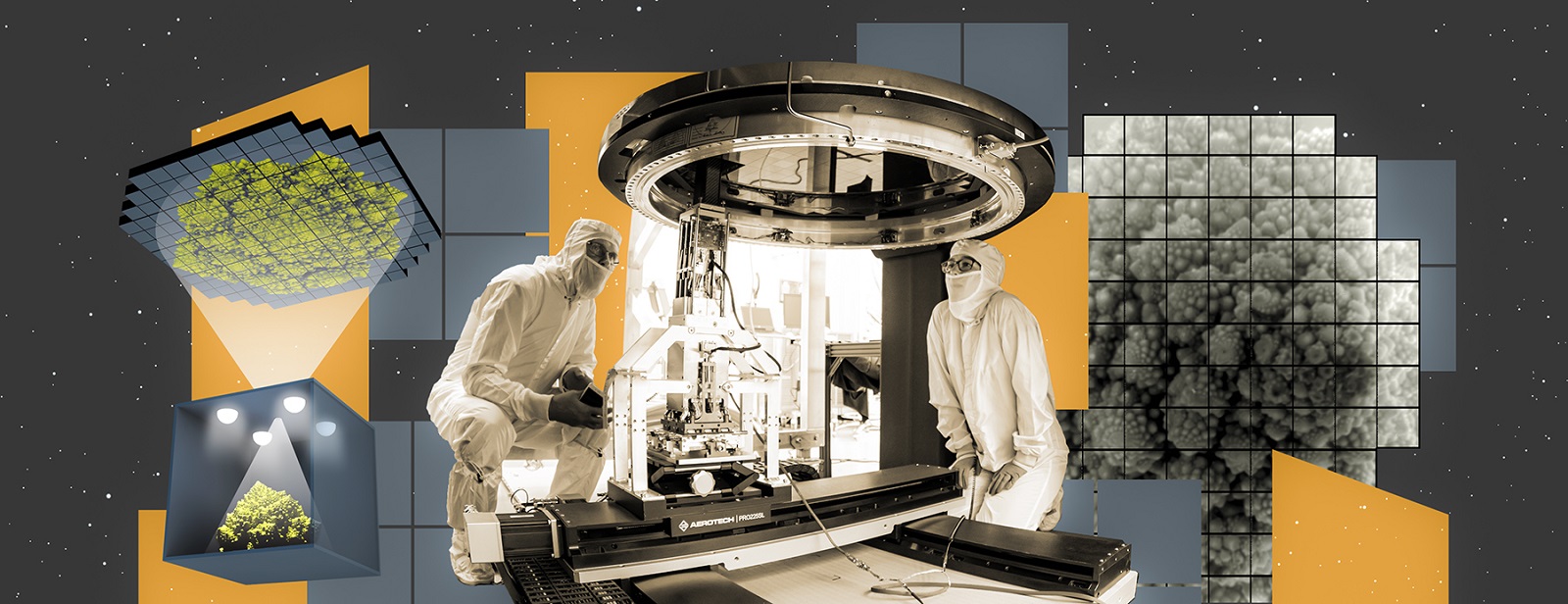
Sensors of world’s largest digital camera snap first 3,200-megapixel images at SLAC
Crews at the Department of Energy’s SLAC National Accelerator Laboratory have taken the first 3,200-megapixel digital photos – the largest ever taken in a single shot – with an extraordinary array of imaging sensors that will become the heart and soul of the future camera of Vera C. Rubin Observatory.
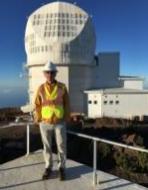
Dr. Thomas Rimmele, Director of NSF’s Inouye Solar Telescope, Named One of Fast Company’s Most Creative People in Business
Dr. Thomas Rimmele from the National Science Foundation’s (NSF) National Solar Observatory joins the 11th annual list of awardees from such companies as Netflix, Google, and Patagonia, as well as institutions such as Johns Hopkins University and the ACLU of Massachusetts.
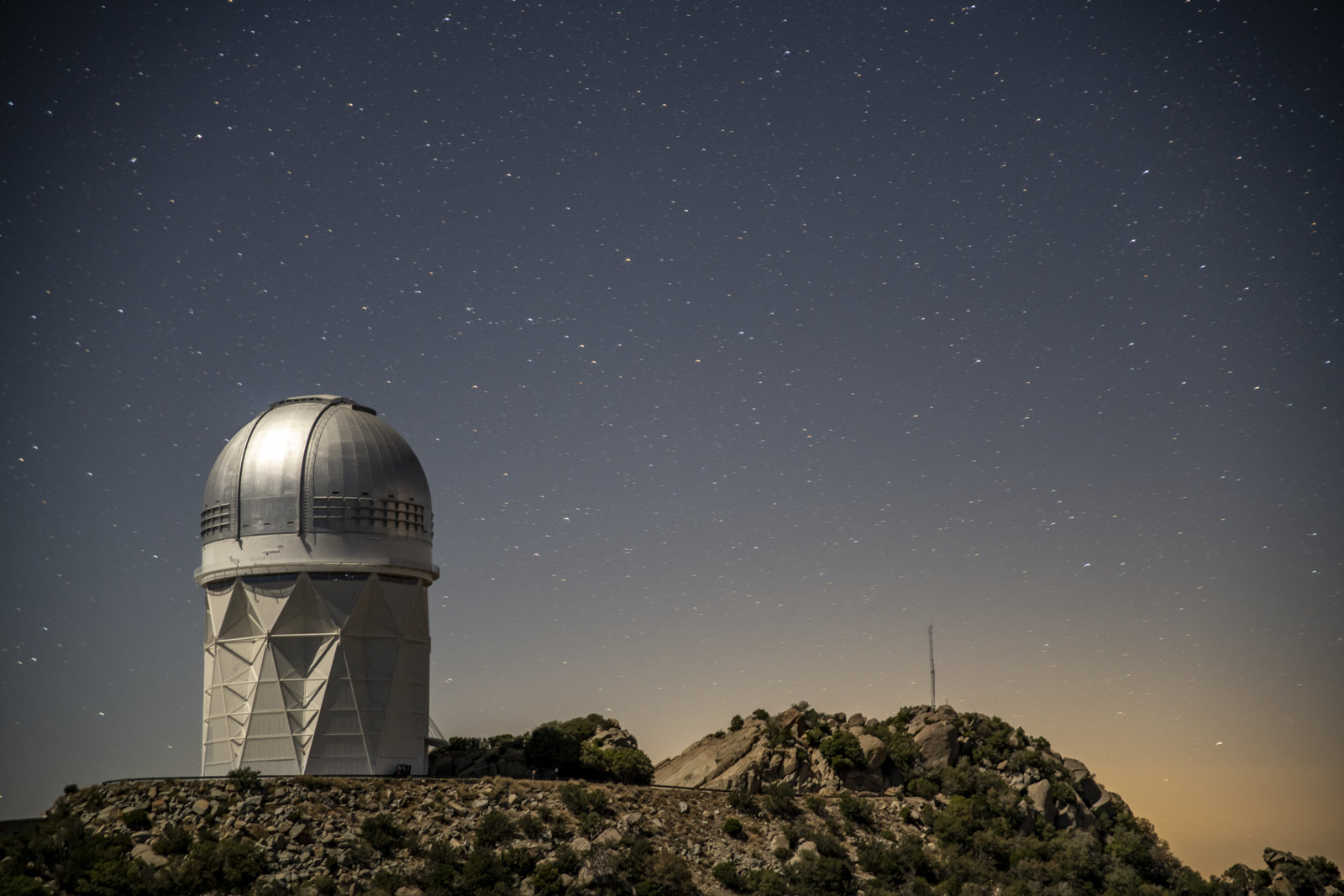
DESI Team Prepares for Telescope Instrument’s Restart after Unexpected Shutdown
Despite a temporary shutdown of the Dark Energy Spectroscopic Instrument in Arizona – which was in its final stages of testing in preparation to begin mapping millions of galaxies in 3D when the pandemic struck – a variety of project tasks are still moving forward.
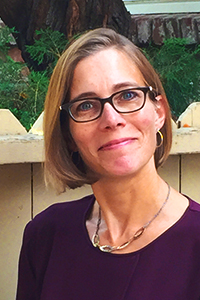
Upcoming Trimble Lecture with Elizabeth Kessler Highlights the Impacts of Hubble Imagery on May 7
The American Institute of Physics, celebrating the 30th anniversary of the launch of the NASA/ESA Hubble Space Telescope, is delighted to host a virtual presentation by Stanford University’s Elizabeth Kessler in an upcoming Lyne Starling Trimble Science Heritage Public Lecture. The lecture series is presented by AIP and features science historians and writers who study the role of science and technology in modern society and culture. “Hubble Space Telescope Images and the Astronomical Sublime” will be hosted virtually, Thursday, May 7 at 3:30 p.m. Eastern (U.S.).
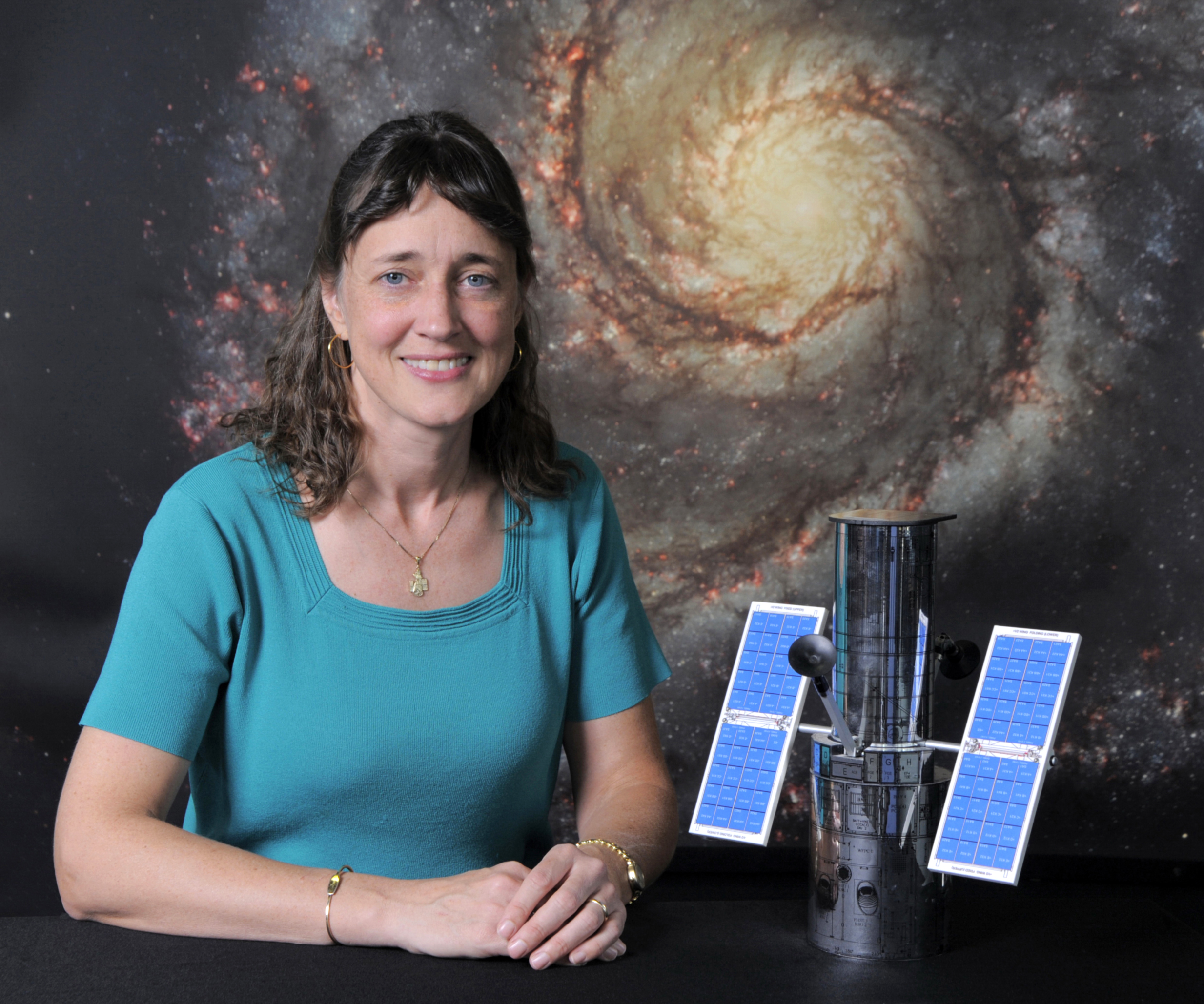
Upcoming Trimble Lecture Highlights Hubble’s 30th with Jennifer Wiseman of NASA on April 29
The American Institute of Physics is delighted to host a virtual lecture by Hubble Space Telescope senior project scientist Jennifer Wiseman in an upcoming Lyne Starling Trimble Science Heritage public lecture to celebrate Hubble’s 30th anniversary. The lecture series is hosted by AIP and highlights experts who study the role of science and technology throughout human history and modern society. “The Hubble Space Telescope: 30 Years of Discovery and Awe” will be hosted virtually, April 29 at 3:30 p.m. EDT.
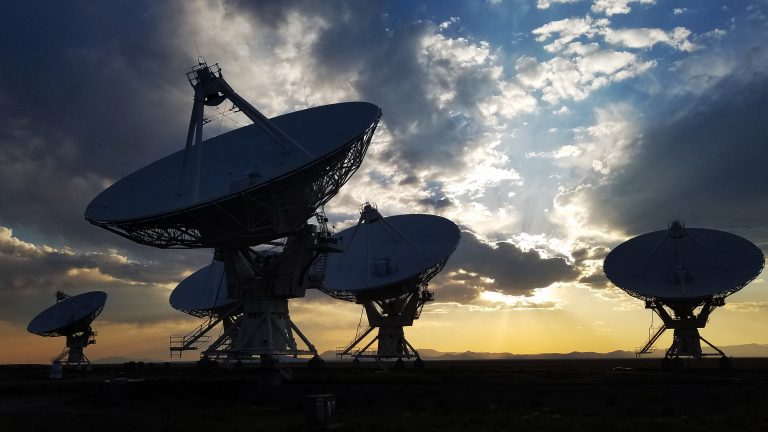
NRAO’s Central Development Laboratory: Making the Invisible Visible
Nestled among the hills of the University of Virginia campus are a couple of nondescript buildings. They are home to NRAO’s Central Development Laboratory (CDL). The buildings are easy to overlook, just as it is easy to overlook the work done by CDL. We see photographs of the radio dishes at Atacama Large Millimeter/submillimeter Array (ALMA) and the Very Large Array (VLA) under a starry sky, and the beautifully rendered scientific images they produce. But between these two extremes is a complex set of processes that transform the faint radio signals of distant space into usable scientific data. Achieving that transformation effectively is one of CDLs most important jobs.
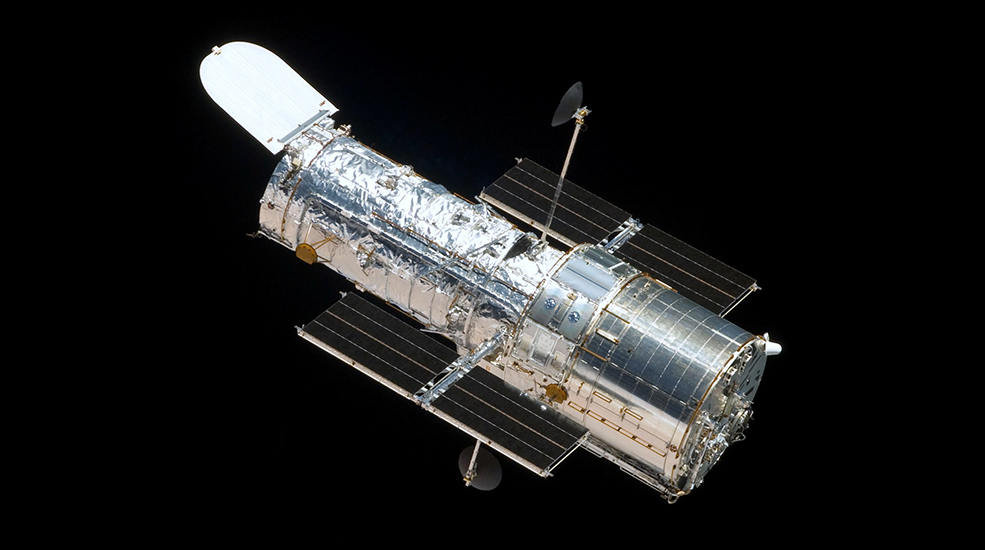
Celebrating 30 Years of Hubble: Discoveries Continue to Wow Scientists, Public
Peering into the darkness to see what we could not previously see, the Hubble Space Telescope has been delighting scientists and the general public with revealing details and images of galaxies and celestial phenomena. The American Institute of Physics recognizes and celebrates the momentous occasion of the 30th anniversary of its launch and Physics Today is highlighting the anniversary in its April issue with a look back at the history of the telescope and analysis of Hubble’s discoveries over the past 30 years.
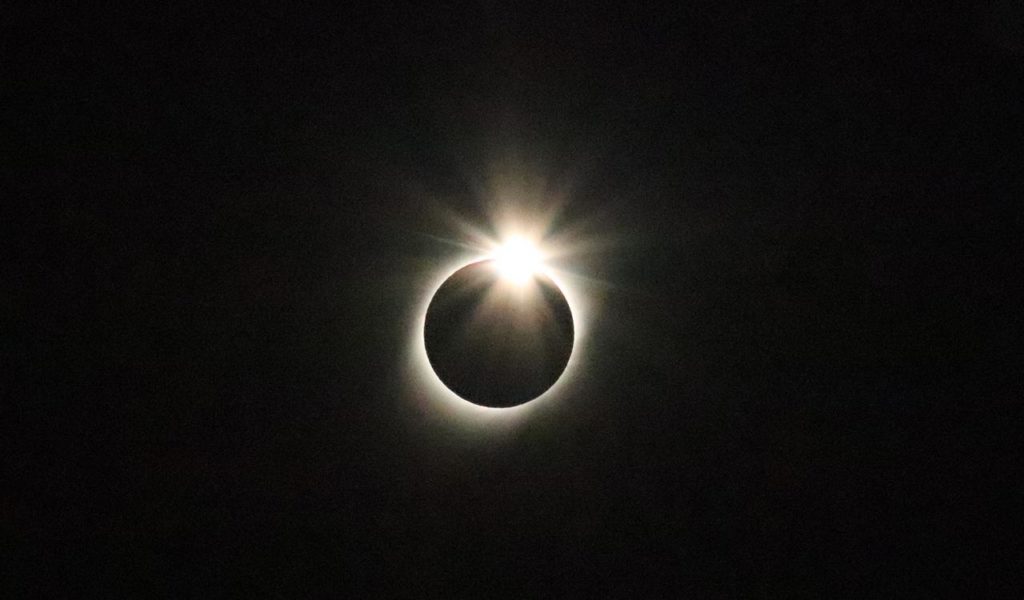
MITRE Uses Earth Shadow to Determine Satellite Range
Until now, determining the orbit of satellites has required many measurements or multiple telescopes. A team of MITRE scientists took their equipment to Chile to view an eclipse—and proved an easier way.